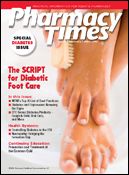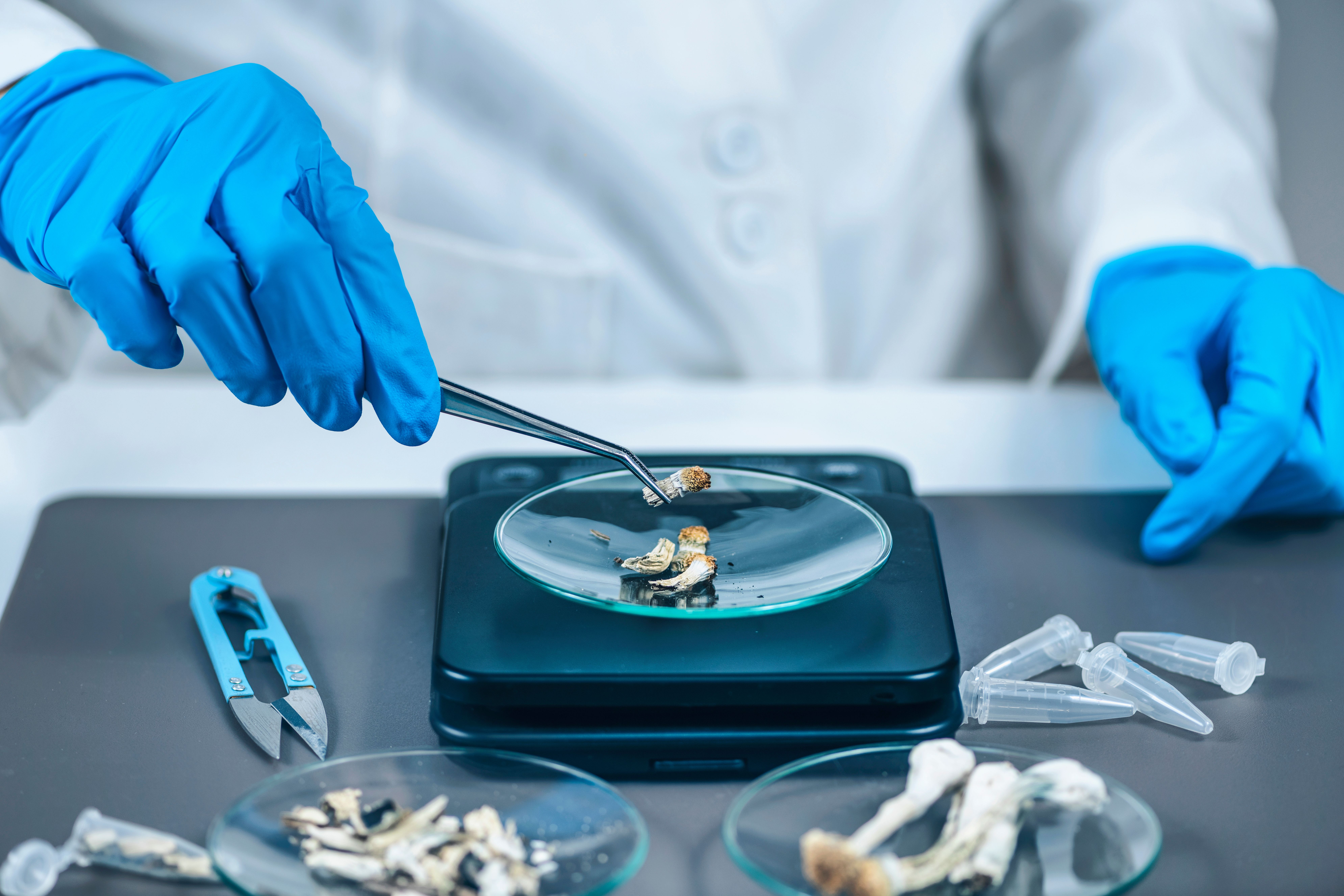Publication
Article
Pharmacy Times
Case Studies
Author(s):
Dr. Coleman is an assistant professor of pharmacy practice and director of the pharmacoeconomics and outcomes studies group at the University of Connecticut School of Pharmacy.
Heliobacter pylori Eradication

HP is a 42-year-old man who comes to the pharmacy counter at a major grocery storepharmacy with prescriptions for clarithromycin 500 g twice daily, metronidazole 500mg twice daily, and lansoprazole 30 mg twice daily for 14 days. HP had just come fromhis physician's office across the street, where he was told that he was infected with abacterium called Helicobacter pylori. The pharmacist fills the prescription and startsto counsel HP on the importance of completing the entire course of antibiotic therapywhen she notices a 6-pack of beer in HP's shopping cart.
What should the pharmacist do next? What would an alternative regimen contain?
Nasal Congestion

RM is a 33-year-old man who comes to the pharmacy counter with 2 boxes of phenylephrinenasal drops. The pharmacy technician asks the patient if there is anythingelse she can help him with today, and in a very congested voice, RM asks if he couldspeak with a pharmacist. When the pharmacist comes over to the counter, RM asks"are there any stronger nasal decongestants than these?" Upon questioning by thepharmacist, RM admits to using the phenylephrine nasal drops for the past week orso, noting "initially they worked great, but now not so much."
How should the pharmacist respond to RM's question?
ANSWERS
Heliobacter pylori Eradication
It is very important that the pharmacist make HP aware that it can be extremely dangerous to drink alcohol while taking metronidazole, because the 2 caninteract, resulting in severe nausea and vomiting, headache, abdominal cramps, flushing, and palpitations, and, in severe cases, may even be fatal (disulfiram-like reaction).HP should be told not to consume alcohol (including from cough and cold preparations) for at least 3 days after he has completed therapy. A number of 2-antibiotic regimens,along with a proton pump inhibitor or histamine-2 antagonist, have been studied to eradicate H pylori infections. Replacing the metronidazole in the above regimen withamoxicillin 1 g twice daily results in an effective and commonly used regimen referred to as CAP and is marketed under the brand name Prevpac.
Nasal Congestion
The pharmacist should explain to RM that he is likely suffering from rebound congestion (rhinitis medicamentosa). This can occur due to prolonged (>3-5 days)nasal decongestant use and often results in decreased benefit from the spray despite increased use. Treatment of rebound congestion entails either "cold turkey" withdrawalor weaning off of the nasal decongestant. The former is generally a less comfortable method than the latter, but may result in relief of congestion faster (typically in 1-2 weeks).If the pharmacist recommends weaning off of the nasal product, he should explain to RM that the nasal decongestant should be discontinued in only one nostril initially, withcontinued use as often as desired in the other nostril. Once the rebound phenomenon subsides in one nostril, total drug withdrawal should then be suggested. The pharmacistalso could suggest that RM contact his physician to get a prescription for a nasal corticosteroid to use while weaning off of the nasal decongestant, as they have been shownto increase the time to congestion relief.
Read the answers
function showAnswer() {document.getElementById("answer").style.display = 'block';document.getElementById("link").style.display = 'none';}

Newsletter
Stay informed on drug updates, treatment guidelines, and pharmacy practice trends—subscribe to Pharmacy Times for weekly clinical insights.






